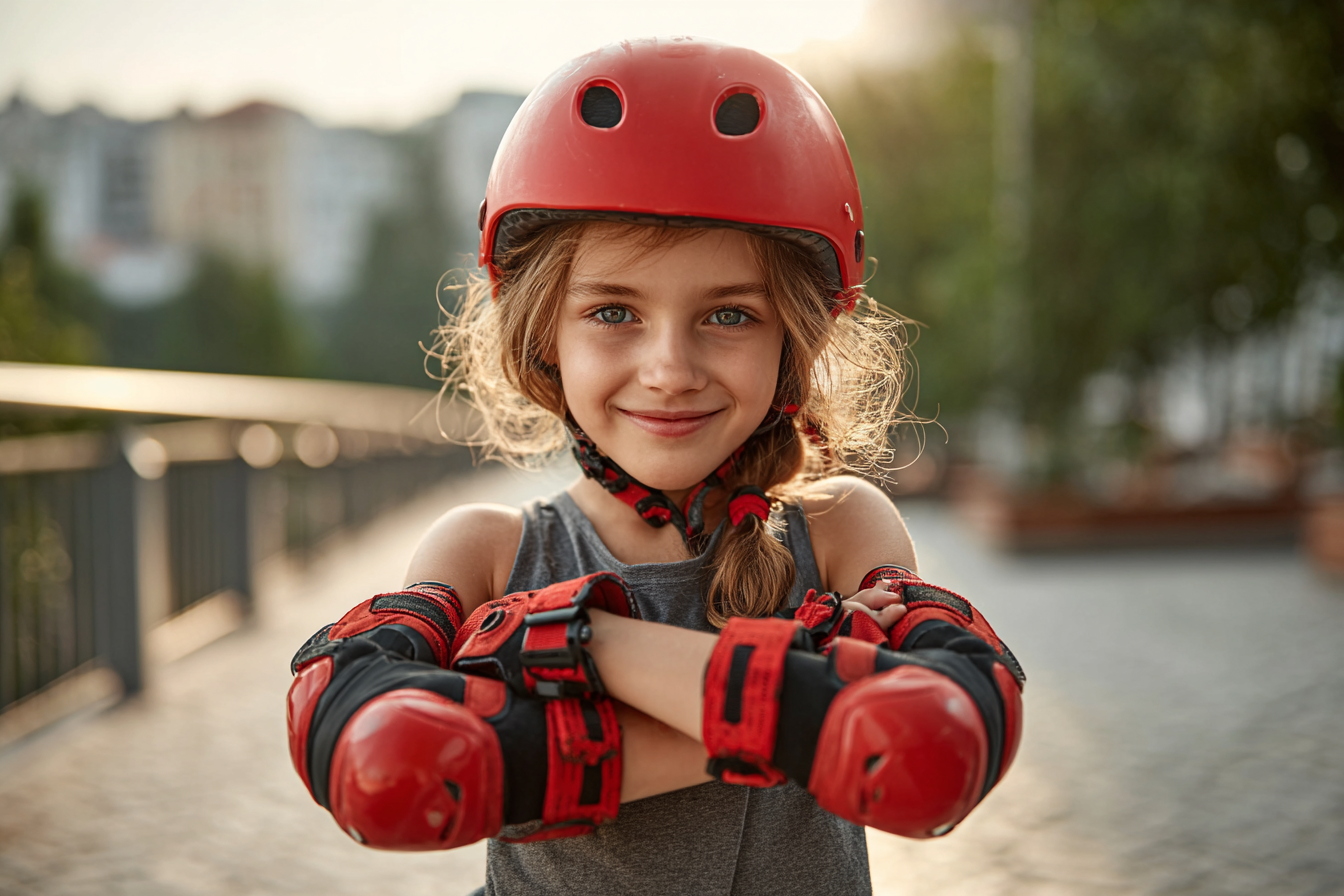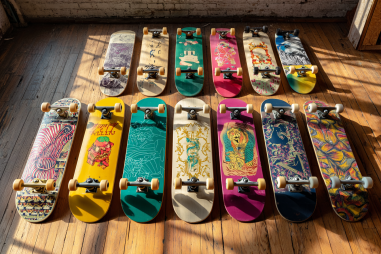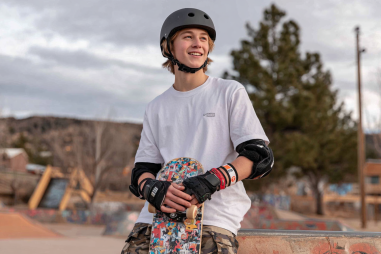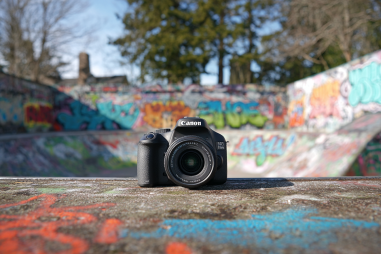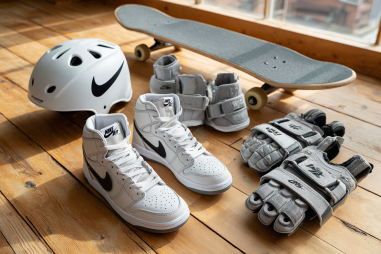Skateboarding is an exciting and dynamic activity that offers kids a great way to exercise, develop balance and coordination, and build confidence. However, it also comes with its share of risks, especially if safety precautions are overlooked. Ensuring that children understand and practice proper safety measures is crucial to help them enjoy skateboarding while minimizing the chance of injuries. This article provides essential safety tips that every parent should know to protect their young skateboarders.
Why Skateboarding Safety Matters for Kids
Skateboarding is a physically demanding sport that involves speed, balance, and sometimes complex maneuvers. Kids are naturally adventurous and may not always recognize potential hazards or understand the importance of safety gear. Without proper precautions, falls can lead to injuries such as scrapes, bruises, or more serious fractures and concussions. Emphasizing safety from the start promotes a positive experience, helps kids build lasting good habits, and gives parents peace of mind. Teaching safety also encourages responsibility and respect for the sport and for others sharing the skate area.
Essential Protective Gear: Helmets, Pads, and More
One of the easiest and most effective ways to reduce injury risk is through proper protective equipment. The foundation of skateboarding safety gear includes:
- Helmet: Always ensure your child wears a well-fitting, certified skateboarding helmet. Helmets protect the head against traumatic brain injuries and should be worn whenever they skateboard, regardless of skill level or location.
- Wrist Guards: These support the wrists and help prevent fractures or sprains during falls, which are common incidents for beginner and even experienced skateboarders.
- Knee Pads and Elbow Pads: Pads cushion impacts to joints, reducing scrapes, bruises, and more severe injuries. They can boost a child’s confidence as they try new tricks or navigate difficult terrain.
- Proper Footwear: Skate shoes with a flat sole, good grip, and adequate ankle support provide better control and stability when skating.
Encouraging your child to gear up fully helps make safety a normal part of the skateboarding routine.
Selecting Safe and Supervised Skate Environments
Where your child skates plays a big role in their safety. Look for designated skate parks designed with smooth, well-maintained surfaces free of hazardous debris. These areas often have features appropriate for different skill levels and tend to be monitored during peak hours.
Avoid busy streets, parking lots, or uneven, cracked sidewalks where dangers such as vehicle traffic or rough terrain increase risk. When possible, choose locations where other skateboarders and families gather; this creates a safer, more supportive environment.
Supervised sessions, community skate programs, or classes can also provide structured learning and safer practice settings guided by experienced instructors.
Teaching Kids Safe Skateboarding Behavior
Safety isn’t only about gear and locations – kids need to learn safe behaviors on the board. Encourage them to:
- Start slow and practice falling safely, such as rolling with the fall instead of bracing stiffly with hands.
- Skate within their skill level, avoiding tricks or ramps that feel too challenging until they gain experience.
- Pay close attention to their surroundings to avoid collisions with other skaters, pedestrians, or obstacles.
- Use proper skateboarding techniques taught by coaches or experienced riders to build control and confidence.
- Respect posted rules at skate parks and be courteous to other skaters.
Review these safety behaviors regularly to build good habits and awareness.
Parental Supervision Strategies
Active and informed parental involvement is a key factor in keeping young skateboarders safe. Some helpful strategies include:
- Accompanying children to skate sessions, especially beginners or younger kids, to provide immediate guidance and support.
- Observing their technique and environment to identify risky behavior or unsafe conditions that require intervention.
- Encouraging breaks and hydration, as fatigue can increase accident risk.
- Discussing skateboarding plans and locations in advance to ensure safe choices.
- Knowing basic first aid and having a phone nearby in case of emergencies.
Being engaged not only protects children but also builds trust and confidence between parent and child.
Common Skateboarding Injuries and Prevention
Understanding common injuries helps parents and kids take proactive steps. Typical skateboard mishaps include:
- Scrapes and cuts from falling — minimized by wearing pads and skating surfaces free of debris.
- Wrist fractures due to bracing falls — prevented by wrist guards and learning safe falling techniques.
- Sprains and strains from awkward landings — reduced by skating within the child’s skill level and proper warm-up.
- Head injuries from falls or collisions — helmet use is critical to prevent concussions and serious trauma.
Encouraging gradual skill progression and respecting personal limits are effective ways to prevent tough injuries.
Regular Equipment Checks and Maintenance
Skateboarding gear and boards require regular inspection to ensure ongoing safety. Parents and kids should check for:
- Helmet integrity — no cracks or loose parts, proper strap fit.
- Pads and guards — intact straps and padding, no tears or excessive wear.
- Skateboard condition — deck stability without cracks, secure trucks, and smooth-rolling wheels.
- Clean, debris-free wheels and bearings to avoid sudden movement stops or imbalance.
Replacing worn-out or damaged gear promptly reduces the risk of accidents caused by equipment failure.
Skateboarding Etiquette for Young Riders
Teaching respectful skateboarding etiquette not only fosters safety but also enhances social experience and enjoyment. Some key points include:
- Taking turns and sharing features to avoid collisions.
- Announcing tricks or movements to warn others nearby.
- Keeping the skate area clean and avoiding littering.
- Being mindful of younger or less experienced skaters by giving them space.
- Listening to park rules and respecting requests from other skaters or supervisors.
Good etiquette helps create a supportive community that encourages healthy skateboarding habits.
Making Safety a Fun Part of the Skateboarding Journey
Instilling a safety-first mindset doesn’t mean taking the excitement out of skateboarding. Frame safety gear and good habits as essential tools that help kids improve and push their limits with confidence. Celebrate milestones achieved while staying protected, and use safety rituals as bonding moments, such as picking out cool helmets together or having fun warm-up games before skating. When safety is integrated naturally, it empowers kids to enjoy skateboarding fully and creates lasting positive memories.

